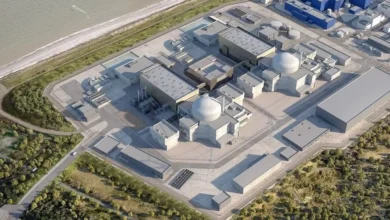Philippines’ Marcos faces ‘greenwashing’ claims as climate spending soars
Rami G Khouri

After typhoon Doksuri battered the Philippines earlier this year, pastor Thaad Samson waded through waist-high waters while going door to door to check on his neighbours.
Seventeen towns in his home province of Bulacan were paralyzed by days of flooding after the typhoon hit the archipelago in July.
When the rains began, Samson’s parish was unfazed since it sits on land “as high as the tip of a cathedral”, but it wasn’t long before residents were crying out for help, Samson told Al Jazeera.
“The towns which didn’t used to experience flooding are now getting a taste of it,” Samson said.
Samson blames reclamation projects in the region for his community’s sudden vulnerability to extreme weather.
“This is not just my opinion, it’s a scientific fact,” he said.
In 2017, the Philippine government spearheaded 13 land reclamation projects along Manila Bay, spanning five provinces including Metro Manila and Bulacan.
While civil society groups and lawmakers sounded the alarm about potential harm to the environment, Manila pointed to massive expenditures on climate-related projects aimed at offsetting the risks and negative effects of large-scale development.
For environmental advocates like Samson, though, Manila’s climate spending is nothing more than an attempt to greenwash environmentally damaging development projects like reclamation.
“They are destroying mangroves across 15,000 hectares of water. I don’t see how that protects us from climate change especially when flood levels have been rising in nearby areas,” Samson said.The Philippines experiences 20 typhoons annually. According to the World Bank, flooding caused by typhoons has resulted in about 30,000 deaths during the past three decades in addition to massive economic losses.
Since 2009, climate-related spending by the Philippine government has ballooned, with most expenditure funnelled towards infrastructure.
According to the Department of Budget and Management (DBM), “climate actions have been mainstreamed and institutionalised in our development plan and the National Budget. This resulted in a significant increase in the budget for climate change adaptation and mitigation measures by about 60 percent compared to the previous year’s allocation”.
For 2024, the Philippines has proposed allotting 543.45 billion pesos ($9.74bn) for climate expenditures, a 17 percent increase in spending from the current year, which was already 60 percent higher than 2022.
Climate expenditures account for 9.4 percent of the country’s total budget, with the DBM proudly touting that the number exceeds the country’s 8 percent commitment under the latest Philippine Development Plan.










